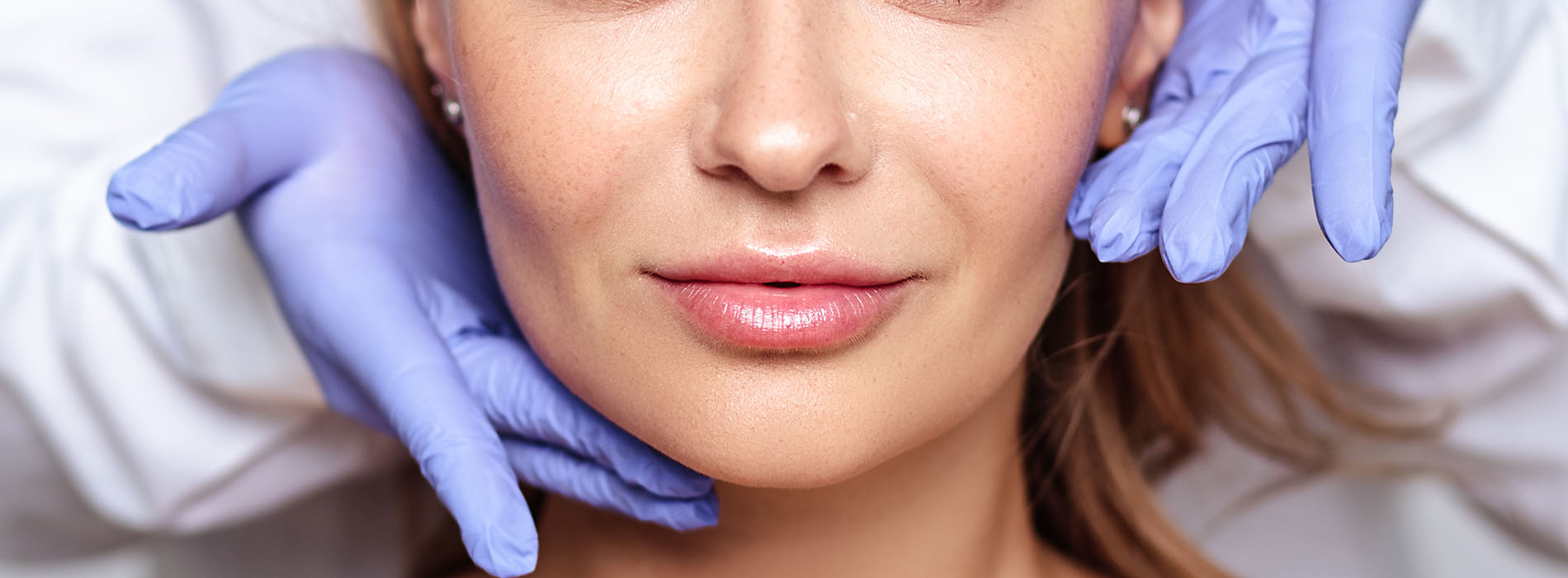

Tooth grinding, when not treated, can damage the teeth and restorations, create jaw pain and headaches, and contribute to bone loss and gum recession. While oral appliances are the most common way to treat TMJ pain and tooth grinding, some patients are unable to sleep with these appliances and aren’t ready to undergo correction of their bite.
Botox now provides a simple alternative treatment option for tooth grinding and associated jaw tension. When Botox is injected into the muscles around the temporomandibular joint, it causes the jaw muscles to relax, reducing the tension in the joint. This can provide relief from the pain and discomfort associated with TMJ. Botox also helps reduce stress on the teeth from grinding, which can exacerbate TMJ symptoms.
Dr. Wood has been administering Botox since 2009 and learned about this modality to treat her own jaw pain. Dr Golpayegani has also completed the injectables certification process and has now treated many patients with this modality.
Patients who especially benefit from this treatment include severe gaggers who grind but cannot wear night guards. They may have already lost a few teeth to cracking and now need to protect their newly placed implants from failing due to high stress. We also often inject patients who are not compliant with night guard use either from forgetting or dealing with a heavy work travel schedule.
Botox has several benefits for the treatment of TMJ.
Botox injectable treatments are generally considered safe for most adults with TMJ. However, it is important to consult a qualified medical professional before getting Botox injections to make sure they are appropriate for your specific situation. People who are pregnant or nursing should not get Botox injections.
The results of Botox injections for TMJ can last up to six months. After this time, the effects will start to wear off, and you may need to get another injection to maintain relief from your symptoms. It is important to follow up with your doctor after getting a Botox injection to monitor your progress and make sure the treatment is still effective.
After receiving a Botox injection for TMJ, some common side effects you may experience include minor swelling or bruising at the injection site. You may also feel some soreness in the facial muscles. These side effects should subside within a few days after the injection. You may also notice pain relief and improvement in your TMJ symptoms within the first few weeks after receiving the injection. Be sure to follow up with your doctor after getting a Botox injection to monitor your progress and make sure the treatment is still effective.
There are several non-invasive treatments available for treating TMJ, such as physical therapy, oral splints, stress management, muscle relaxants, and lifestyle changes. However, these treatments may not be as effective as Botox injections in relieving symptoms of TMJ. Additionally, surgery is an option for those with severe cases of TMJ who have not responded to other treatments. Surgery can involve reshaping the joint or replacing it with an artificial one.
Share Your Smile Rewards
Our New Patient Referral Program
Learn More »